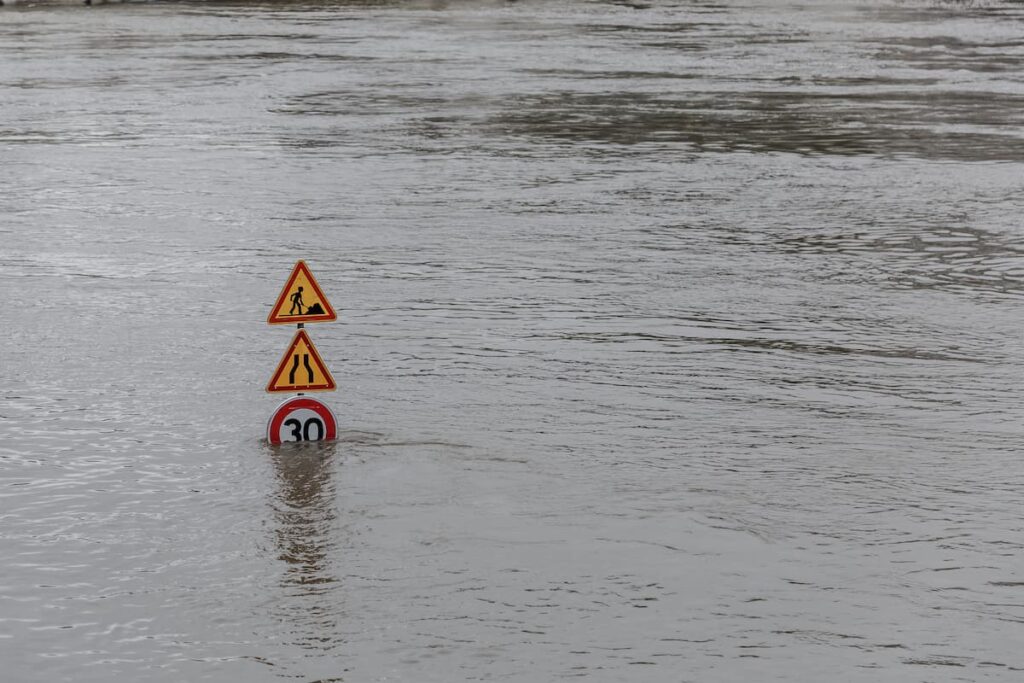Lake Eyre Transforms Into Inland Sea After Rare Weather Event
A rare flood event is reshaping Australia’s arid interior, bringing new life to the desert and drawing waves of wildlife and tourists. As floodwaters from northwest Queensland make their way into the Kati Thanda–Lake Eyre basin, the outback is undergoing a once-in-a-generation transformation that may continue through October.
Satellite images show the desert’s usual hues of brown and red turning to patches of green and blue as the massive basin slowly fills. For only the fourth time in 160 years, Kati Thanda-Lake Eyre is receiving enough water to transform from a dry salt flat into a flourishing inland sea — a change that holds enormous ecological and cultural significance.
Ecological Boom After Tropical Cyclone Alfred
The current flood was triggered by Tropical Cyclone Alfred, which hit inland Queensland in March. The water is now traveling hundreds of miles south, flowing through major river systems like Cooper Creek and the Georgina-Diamantina River. The full extent of the flood’s impact may not be felt until late 2025, but signs of revival are already visible.
Ecologist Richard Kingsford from the University of New South Wales calls the event “imponderable” for its potential to support scientific discovery. “We don’t know quite how big this flood is going to be,” he said. What is known is that native species such as pelicans, shrimps, crustaceans, and the endangered Crest-tailed Mulgara are beginning to return. Some waterbirds are migrating to the lake from as far as China and Japan, taking advantage of the expanding wetlands.
In coming months, the arid landscape will be covered in wildflowers, fish populations will surge, and mammals will seize the rare opportunity to breed. Conservationist Luke Playford, who manages the Kalamurina Wildlife Sanctuary near the lake, describes it as “the largest flood in 50 years” — one driven by natural cycles rather than climate change.
Tourism Surges, Challenges Follow
This desert revival is also generating a major tourism wave. Aerial tours and ground expeditions are drawing visitors from across Australia and beyond. Operators like Phil van Wegen in the town of Marree have reported booming demand. His company, Arid Air, offers scenic flights over Lake Eyre. “It just blows people away,” he said.
But with the surge in tourism come complications. In February, the South Australian government banned walking on the lake bed to protect its fragile salt crust and respect the sacred significance the lake holds for the Arabana people. Despite the ban, enforcement has been weak, prompting plans for better signage and infrastructure.
Marree, once a railway town, now hosts just 50 to 60 residents. For them, the flood represents both an economic opportunity and a reminder of the region’s harsh but spectacular environment. Van Wegen notes that the lake’s remoteness plays a role in its preservation. “It’s so far from anywhere that it just doesn’t get touched or tapped,” he said.
Life in Isolation at Kalamurina Sanctuary
For conservationists Annemarie van Doorn and Luke Playford, the flood has meant isolation. Their 679,667-hectare property, Kalamurina Wildlife Sanctuary, is cut off by rising waters. Located east of the lake, it plays a crucial role: about two-thirds of the floodwaters that reach Lake Eyre pass through it.
The couple, who typically drive nine hours to the nearest supermarket in Port Augusta, are now stranded in the desert, dependent on monthly visits from the Royal Flying Doctor Service. Despite the hardships, they remain optimistic. “There is hope out there,” van Doorn said. “This is a good news story.”
Kingsford echoes that sentiment. As a conservation biologist, he often faces grim realities about the planet’s condition. But the natural rhythms displayed in this desert transformation offer him a rare source of inspiration. “It gives me incredible optimism,” he said, “to see this system still functioning in such a spectacular way.”



